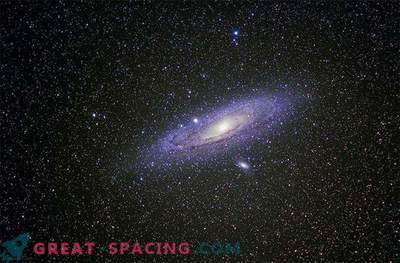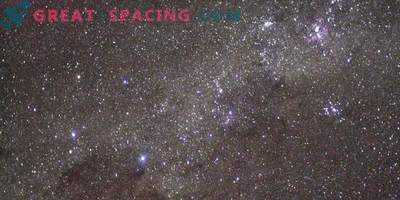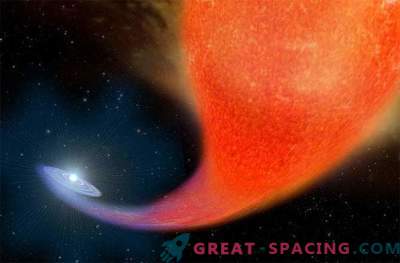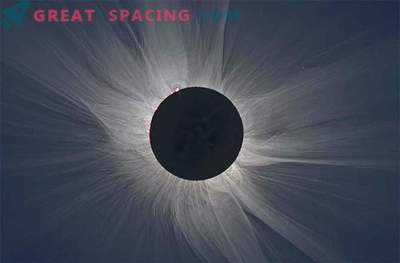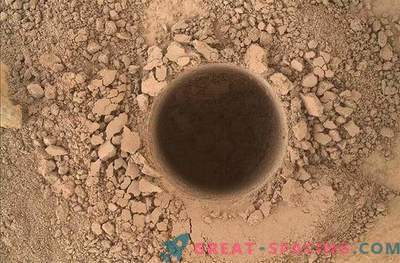
The Pan-STARRS Observatory is a 1.8-meter telescope atop Haleakala in Maui (Hawaii). For four years (since May 2010), the observatory repeatedly studied all 3/4 of the sky, visible from the Hawaiian Islands, in many colors of light. One of the goals was to search for moving and variable objects, including asteroids that are potentially dangerous to the Earth.
Researchers have released the second edition of the Pan-STARRS data - the world's largest digital sky survey. It will hold more than 1.6 petabytes of data (1 petabyte = 10 15 bytes = 1 million gigabytes), making it the largest amount of astronomical information ever published. The amount of information equates to 2 billion selfies and is 30,000 times the total text content of Wikipedia.
The Pan-STARRS Observatory is represented by a 1.8-meter telescope equipped with a digital camera with an extension of 1.4 billion pixels. Located on the top of Haleakala in Maui (Hawaii). Began digital imaging of the sky in visible and near infrared light in May 2010. Among the goals were the search for moving, transient and variable objects, including asteroids that are potentially dangerous for us. They spent 4 years on a large-scale study, scanning the sky 12 times with five filters.
The new data release will allow astronomers and users to search for a complete set of high-energy explosive events in space, detect moving objects in the solar system and explore the time domain of the Universe.
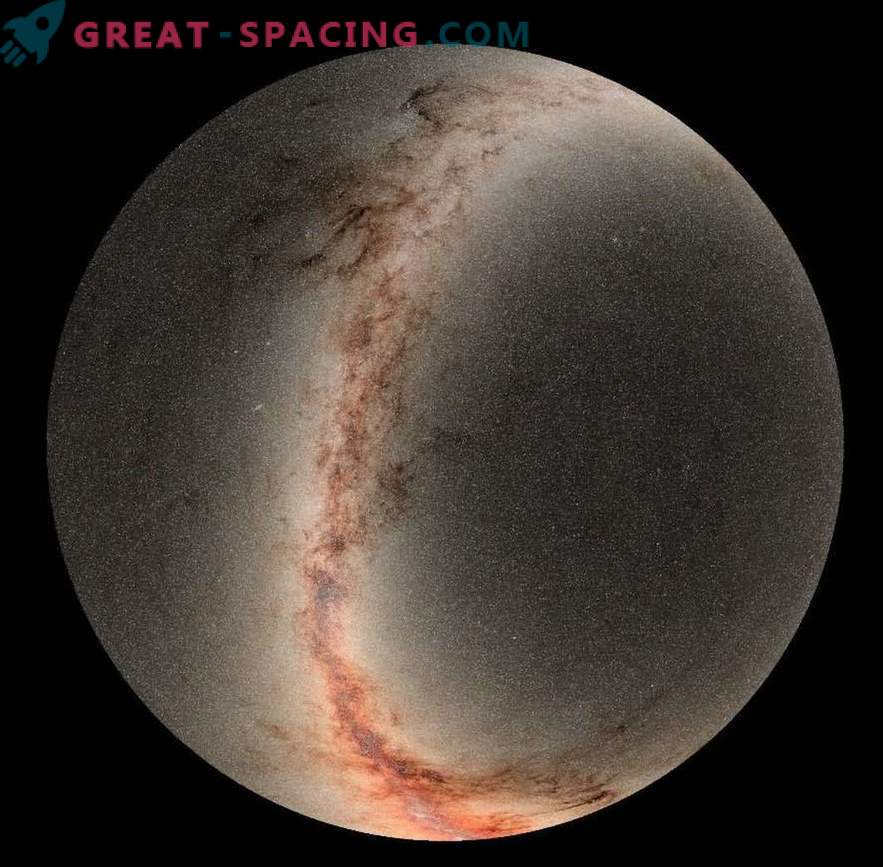
The photo is a mosaic of celestial images from the Pan-STARRS Observatory, namely the 1.8-meter telescope located at the top of Haleakala in Maui. The center of the circle is the north sky pole, and the outer edge is the sky deflection of -30 degrees where the survey stopped (no southern horizon is visible from Hawaii). Bright strip from top to bottom - the Milky Way galaxy, the center of which is located near the bottom edge of the image. Overall, Pan-STARRS has cataloged over 800 million objects. The picture includes both stars and galaxies, but most of the celestial bodies belong to the Milky Way. In the plane of our galaxy, dark filaments and clouds represent cosmic dust that absorbs blue light, which makes objects become more red. Pan-STARRS data is used to create the best map of the Milky Way.
The 4-year survey contains 3 billion individual sources, including stars, galaxies and other celestial bodies. The first data release occurred in December 2016, but included only consolidated information, and not individual impacts in each time period.
Pan-STARRS did a lot to search for near-Earth objects. For example, he was able to detect Oumuamua passing through the solar system. The telescope mapped the dust in three dimensions of our galaxy and found new stellar streams, new types of exploding stars and distant quasars in the early Universe.









